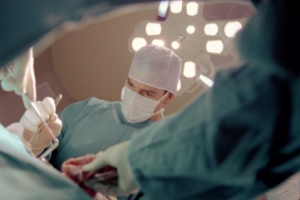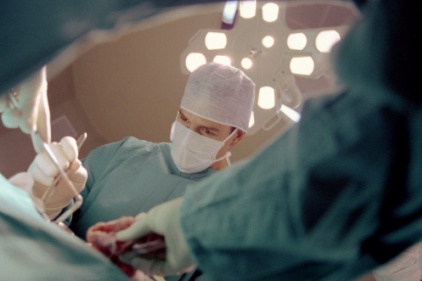 The medical technology advancements that have occurred in the past few decades are nothing short of astounding. Many surgeries and treatments that used to require extensive hospital stays are now performed in a doctor’s office, and the patient is back at home within hours. A few of the amazing medical applications include: scar removal through plastic surgery, titanium bone replacements, tape replacing sutures, and stents taking the place of vein removal and relocation.
The medical technology advancements that have occurred in the past few decades are nothing short of astounding. Many surgeries and treatments that used to require extensive hospital stays are now performed in a doctor’s office, and the patient is back at home within hours. A few of the amazing medical applications include: scar removal through plastic surgery, titanium bone replacements, tape replacing sutures, and stents taking the place of vein removal and relocation.
Recently, I partnered with an electrical utility company as they worked on improving their injury rate, which was already better than average. I admire those who never settle and are constantly striving to involve and engage their hourly and salaried employees in the quest for zero.
In separate training sessions, I met and spoke with two different senior linemen who had been at the top of their trade. Both linemen were well respected and had high confidence in their skill and experience. Both had fallen from a 40 or more foot tower and survived. Both received excellent medical treatment, successfully recuperated, and continue to climb towers. Despite the advancements in medical technology, the impact of this fall – broken back, numb hands, and arthritis - remains a part of their current and future lives.
In a conversation during one of the training breaks, one of those linemen provided serious insight I’d like to leave with you: no matter what medical technology may be applied to you, your “original equipment” body parts, their function and their feel, are all significantly better than the aftermarket manufacturer medical technology the linemen now must live with.
Perhaps you can share this with your people to help them realize their personal need for taking no shortcuts of convenience no matter what their individual skills and experience.
The Doc


Recent Comments
In addition to the personal hardship and loss...
No one will know the answer to this...
Bad drivers don't have to ruin your day...
Healthcare workers face a number of serious safety...
In my experience, truck drivers are treated with...